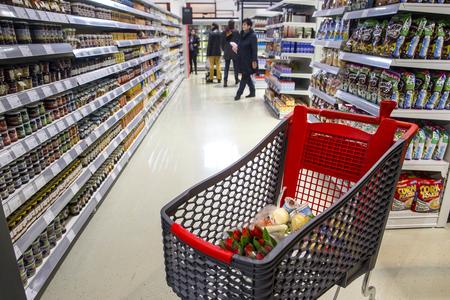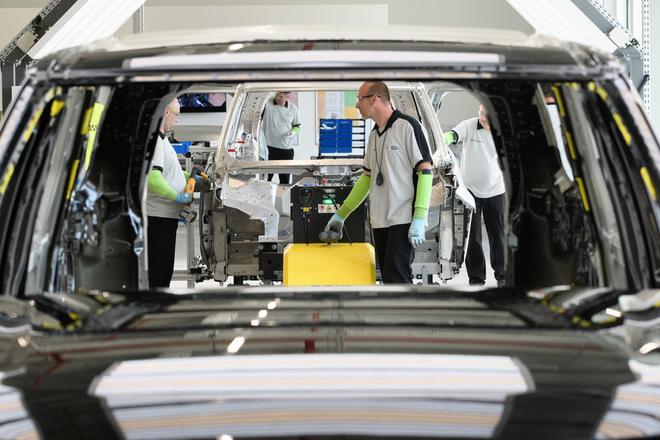The total export of goods amounted to €7.6075 billion in November 2018, with a 4.3-percent increase year-on-year. The total import of goods rose by 10.8 percent y-o-y to €7.5394 billion. As a result, the foreign trade balance was in surplus, amounting to €68.1 million, down by €423.3 million compared with last year, as stems from the Statistics Office data.
The November 2018 foreign trade surplus has been the lowest in the past 10 years, Ľubomír Koršňák, analyst with UniCredit Bank Czech Republic and Slovakia, wrote in a memo. He considers the foreign trade balance slightly disappointing.
The 12-month foreign trade surplus dropped from October’s 3.3 percent of GDP to 2.9 percent of GDP in November 2012, the lowest level since the beginning of 2012, he continued.
“The reasons for the worse foreign trade balance in November can be found mostly in imports, but the statistics were also influenced by the short-term (one-off) loss in exports in the fuels category,” Koršňák wrote in a memo.
Machinery and transport equipment are the most traded
After seasonal adjustment, the total export of goods in November 2018 amounted to €6.6058 billion (up by 1.8 percent y-o-y), while imports amounted to €6.5262 billion (up by 7.6 percent y-o-y). The foreign trade balance was in surplus, amounting to €79.7 million, down by €340.7 million compared with the previous year.
Koršňák suggests that the dynamics of the annual growth in exports slowed down from 6.7 percent to 4.3 percent in November. The statistics could be partially impacted by the lower number of working days, but the basic structure of exports suggests the weaker exports of fuels, which dropped by more than one-fifth y-o-y.

“As a result, in recent months exports have become more dependent on the main export items led by cars, and November only highlighted this trend,” Koršňák continued.
The most traded Standard International Trade Classification section was machinery and transport equipment, with a share of 60.4 percent of total exports and 48.6 percent of total imports, according to the statistics.
The increase in the machinery and transport equipment was probably mostly influenced by automotive production, including the production launch in the Nitra-based Jaguar Land Rover plant in late October. The new production also influenced imports whose annual growth dynamics remains relatively strong and stable, with slightly more than 10 percent, the analyst continued.
Despite the strong consumer demand of Slovak households in the pre-Christmas period, consumer imports did not influence the annual growth dynamics of imports in November more significantly.
What to expect next?
Koršňák opines that the strong domestic demand, including higher industrial supplies to Jaguar Land Rover in Nitra, will increase imports in the following few months.
“Unlike the previous months, they would be (at least partially) compensated by first exports of new cars from the new carmaker,” Koršňák wrote in a memo, adding that its production will fully influence the statistics in 2019.
Among the risks for foreign trade is the threat of a trade war between the EU and the US, and the hard Brexit scenario, which would particularly influence the automotive industry, the analyst warned.



 Cars still belong to the most exported items. (source: TATRA)
Cars still belong to the most exported items. (source: TATRA)